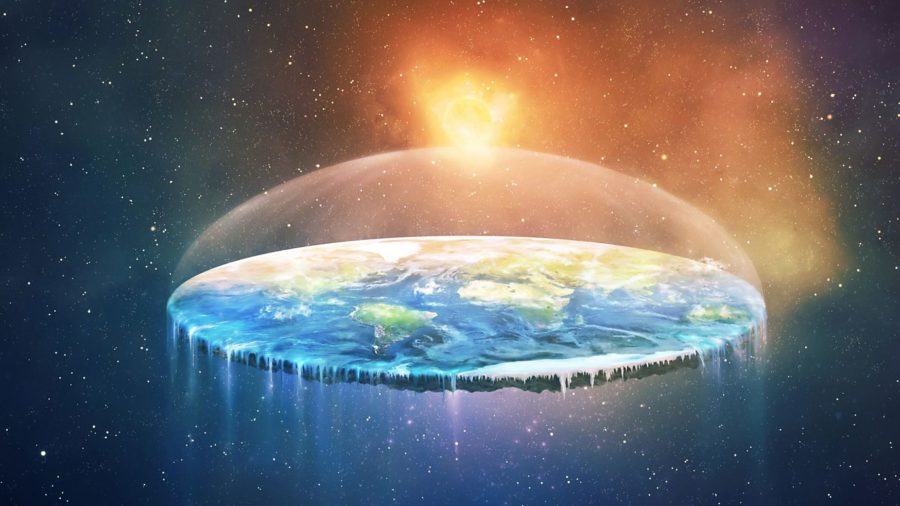Is the Earth Flat?
November 26, 2019
History of Earth Models
People have had their own ideas about the shape of our planet for centuries. From square to round to disc-shaped, everyone had something to say about it. Here are some of the most interesting concepts from throughout history.
Early Egyptians thought the world was shaped like a disc, and that it floated in a body of water. They believed that water was the beginning of all life and even their gods.
Many Greek philosophers had ideas as well, though there was a wide variety. Thales thought the Earth floated like a log in the water. Anaximander had a strange idea; he thought the world was a short cylinder with a flat, circular top. He said it remained stable because it was an equal distance from all things. Anaximenes of Miletus believed the Earth was flat and rode on the air, as did the rest of the planets and stars. Xenophanes of Colophon thought it was flat as well, but said one side extended down without limit.
The ancient Norse suggested that the world was surrounded by a giant snake called Jormungandr. They also thought there was a sea surrounding the Earth, as did the Egyptians.
Pythagoras was one of the first to think of the world as spherical. This idea spread quickly across Greece, and led Aristotle to report an estimate of its circumference around 330 B.C. From there, many nations did not catch onto this theory until the late Middle Ages, where it grew into normality.
Modern Day Flat Earthers
In 1956, The International Flat Earth Research Society, or IFERS, came into being. Started by Samuel Shenton, this society’s main goal was to reach children before they were convinced of a spherical Earth. In 1972, Charles Johnson took Shenton’s position as head of the IFERS. Johnson built the group’s membership to over 3,000, and conducted tests and research that he believed proved his point. He checked the surface of Lake Tahoe and the Salton Sea and detected no curvature, leading him further into the conspiracy. IFERS went into steady decline following a fire at its headquarters in California. Johnson’s death in 2001 pushed its decline even further.
In the era of the Internet, flat-earthers have made a comeback due to social media. Youtube, Facebook, and Twitter have become platforms for people to spread their ideas and build strong followings, leading to even more development in this timeless debate.






bjorn • Nov 27, 2019 at 9:47 am
wow this is so amazing cool! I consider me a flat earther myself.